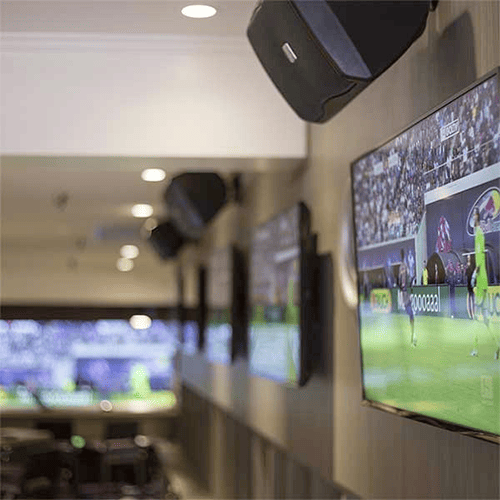Optimal Strategies for Placing Security CCTV to Enhance Surveillance Efficacy
Optimal Strategies for Placing Security CCTV to Enhance Surveillance Efficacy
Blog Article

Placing surveillance cameras efficiently remains essential to improving surveillance across various settings, such as residences, commercial properties, and community spaces. The main goal of surveillance cameras remains to deter criminal activity while also provide proof in instances of incidents. To attain this, it is important to take into account several elements, including surveillance camera placement, field of vision, as well as the particular zones that need monitoring. By comprehending these elements, people and entities can create a thorough surveillance plan that maximizes the efficacy of their security solutions.
One of the first actions in positioning surveillance systems involves to identify critical areas that require surveillance. Vulnerable zones, including entrances, exit points, vehicle lots, as well as locations with high-value assets, should be given priority. It is crucial to consider areas not visible, which may be areas that might not be seen from certain angles. By mapping out these key locations, security staff can ensure that all corner remains observed, reducing the likelihood of criminal activity going undetected. Additionally, installing surveillance systems at strategic locations can help create a complete view of the property, allowing for better total security monitoring.
The viewing angle of a surveillance camera is another crucial factor to consider. Various types of surveillance systems provide varying ranges of vision, which can influence how many area gets recorded in the footage. For example, broad-view cameras can monitor bigger spaces, rendering them perfect for open areas, while pan-tilt-zoom systems can be adjusted to concentrate on particular details. When placing surveillance systems, it is essential to choose the right type based on the location being monitored. This guarantees that the camera can capture sharp images and provide important data in case of an incident.
Elevation and tilt of installation also play a significant role in the effectiveness of surveillance systems. Surveillance systems should be mounted at a height that is out of grasp of potential tampering but still enables for unobstructed viewing of identifying features and other identifying features. A typical suggestion is to install cameras at least 8 to ten ft off the floor. Additionally, the tilt at which the system is positioned can impact its capability to record crucial details. Cameras should be angled to reduce glare and avoid blockages, ensuring that they can record clear video at any moments.
Finally, regular upkeep and updates to the security camera is essential for sustained efficacy. This includes checking camera functionality, cleaning optics, and ensuring that firmware get more remains up to date. Regular evaluations of the monitoring plan can help identify any additional areas not visible or locations that may require extra monitoring. By staying proactive and implementing required changes, people as well as organizations can enhance their surveillance efficacy and ensure that their surveillance systems remain to fulfill their intended purpose.